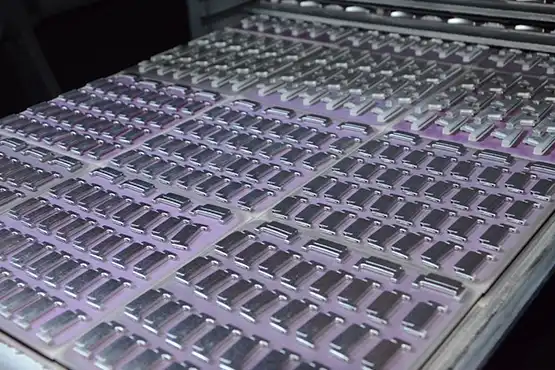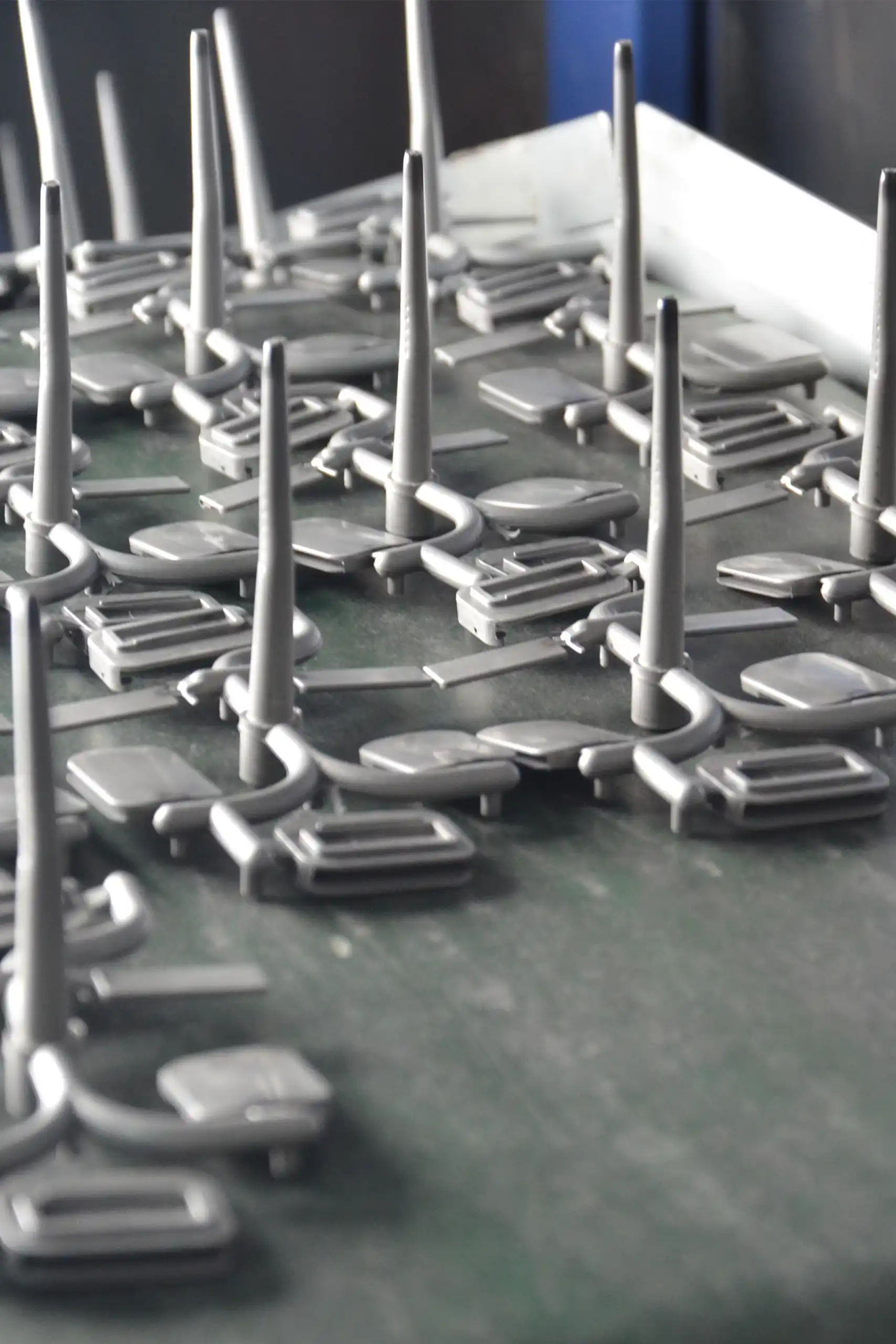- Home
- Metal Injection Molding
Exploring MIM Benefits and Applications
Metal Injection Molding (MIM) is a cutting-edge manufacturing process where finely-powdered metal is mixed with a binder material to create a feedstock. This feedstock is then injection molded into complex shapes, much like plastic. Following this, the molded part undergoes debinding and high-temperature sintering to produce high-precision metal components. Essentially, MIM technology combines the design flexibility of injection molding with the strength of conventional metalworking.
MIM technology offers numerous benefits, making it a superior choice for many applications:
- High Precision and Repeatability: The MIM process ensures tight dimensional tolerances and excellent part-to-part consistency, guaranteeing product quality.
- Superior Material Properties: Through precise control of the sintering process, MIM parts can achieve densities and strengths comparable to or even exceeding wrought materials.
- Cost-Effectiveness (Especially for High Volumes): One-step molding reduces or eliminates the need for secondary machining, lowering material waste and labor costs, making it ideal for large-scale production.
- Wide Material Selection: Compatible with a broad range of metal materials, including stainless steels, low alloy steels, tool steels, copper alloys, nickel-based alloys, and more, catering to diverse application requirements.
- Excellent Surface Finish: MIM-molded parts typically have a smooth surface finish, reducing the need for additional surface treatments.
MIM technology has a wide range of applications across virtually every industry that requires precision metal parts. Some typical application areas include:
- Consumer Electronics: Smartwatch cases and bands, phone connectors, earbud components, etc.
- Medical Devices: Surgical instruments, dental tools, orthopedic implants, etc.
- Automotive Industry: Turbocharger rotors, sensor components, airbag assemblies, etc.
- Aerospace: Aircraft interior parts, small structural components, etc.
- Industrial Tools: Cutting tools, lock components, precision instrument parts, etc.
- Luxury Goods: Watch components, jewelry accessories, etc.
- Others: Textile machinery parts, power tool components, and more.
If your product requires:
- Intricate geometries and fine details.
- Medium to high-volume production.
- High demands for precision and material properties.
- A desire to reduce production costs and improve efficiency. Then MIM technology is likely an ideal choice. We encourage you to contact our team of engineers to discuss your project requirements in detail. We will provide a professional assessment and tailored recommendations.



-1.png)